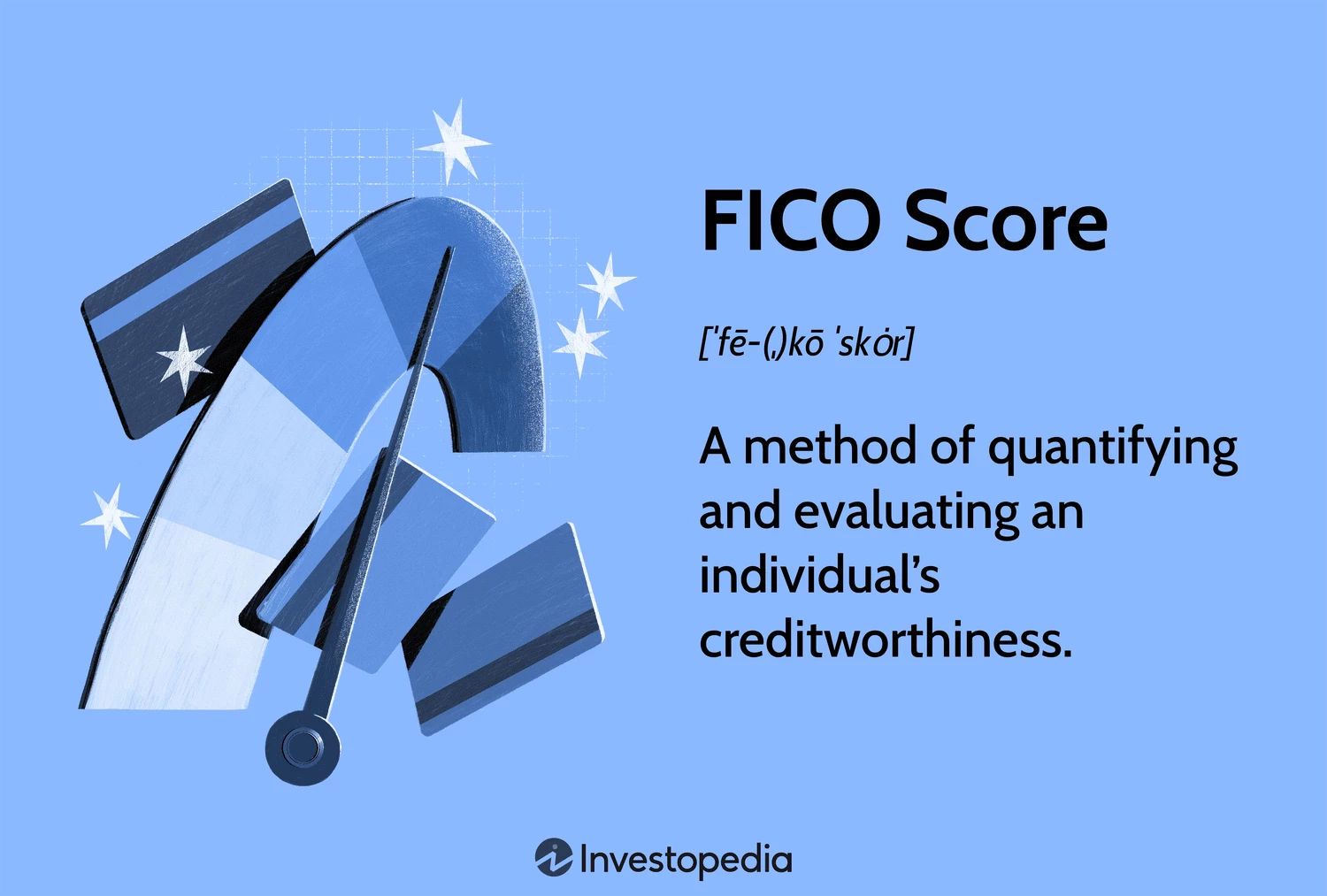Understanding FICO Scores
A FICO score, developed by the Fair Isaac Corporation (FICO), is a crucial tool used by lenders to assess an individual’s creditworthiness. This score, extracted from different aspects of credit reports, aids lenders in gauging the risk associated with lending money to borrowers.
FICO scores analyze information in five main areas to evaluate a borrower’s creditworthiness: payment history, current debt levels, types of credit used, credit history length, and new credit accounts.
How FICO Scores Are Utilized
FICO, a notable analytics software company, is widely recognized for providing consumer credit scores that financial institutions heavily rely on for making lending decisions.
FICO scores play a pivotal role in credit decisions in the U.S. While borrowers can provide explanations for negative items on their credit reports, low FICO scores may lead to loan rejections from numerous lenders.
Many lenders have specific FICO score thresholds, particularly within the mortgage industry. Falling below this benchmark can result in loan applications being turned down.
FICO Score Categories
FICO scores range from 300 to 850, with scores falling between 670 and 739 considered “good” credit scores. Lenders generally view these scores favorably. Conversely, individuals with scores within 580 to 669 may encounter difficulties in securing favorable financing terms.
Lenders take into account a borrower’s FICO score along with other factors like income, work history, and credit request type to evaluate creditworthiness.
Enhancing Your FICO Score
Building a strong FICO score involves maintaining a diverse credit mix and a solid payment track record. Keeping credit utilization below 30% also positively impacts your score.
Actions such as maxing out credit cards, late payments, and frequent new credit applications can lower your FICO score. Regularly reviewing your credit report for errors is crucial, with one free annual report available from major credit bureaus by law.
Calculating FICO Scores
FICO assigns varying weights to each category for calculating individual scores. Payment history typically contributes 35% to the score, accounts owed 30%, credit history length 15%, new credit 10%, and credit mix 10%.
Payment History (35%)
Payment history evaluates whether individuals meet their credit obligations punctually. Credit reports provide details on payment statuses, bankruptcy records, late payments, and collections.
… (additional sections edited in a similar manner)
